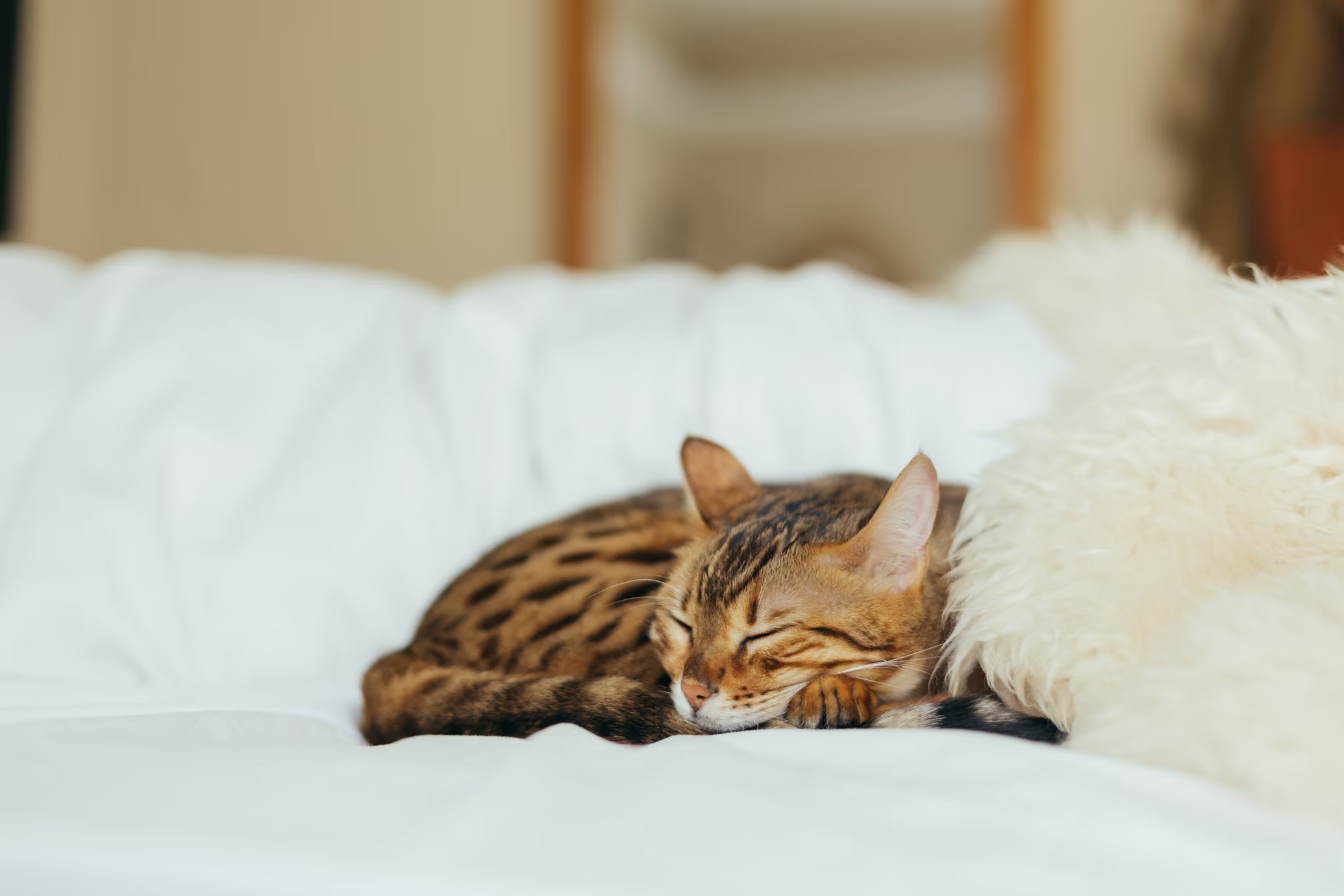Is Your Cat Spraying? Here’s How to Handle It With Care

If you’re a cat owner, you’ve likely experienced or heard of the distressing issue of cat spraying. This behavior, although common, can be both confusing and frustrating. Understanding why your cat might be spraying and how to handle it is essential for maintaining a peaceful home environment. This guide will walk you through the causes of cat spraying, prevention tips, and practical solutions to address the issue with care.
Understanding Cat Spraying
What Is Cat Spraying?
Cat spraying, also known as urine marking, is a behavior where a cat deposits a small amount of urine on vertical surfaces. Unlike normal urination, which involves a full bladder release, spraying involves only a small amount of urine. This behavior is different from inappropriate urination, which is a medical or behavioral issue where a cat urinates outside the litter box.
Why Do Cats Spray?
Cats spray for several reasons, often related to their natural instincts or environmental factors. The primary causes include:
- Territorial Marking:
- Explanation: Cats are territorial animals. Spraying is a way for them to mark their territory and communicate with other cats. This is particularly common in unneutered males but can also occur in females and neutered males.
- Stress and Anxiety:
- Explanation: Changes in a cat’s environment, such as a new pet, moving to a new home, or alterations in their routine, can trigger spraying. Cats may also spray when they feel threatened or anxious.
- Social Conflicts:
- Explanation: If there are multiple cats in a household, conflicts or competition for resources (such as food, attention, or space) can lead to spraying.
- Health Issues:
- Explanation: Medical conditions, including urinary tract infections or feline lower urinary tract disease (FLUTD), might cause spraying as a symptom. It’s important to rule out health problems before assuming the cause is behavioral.
How to Address Cat Spraying
1. Determine the Cause
The first step in addressing cat spraying is to identify the underlying cause. Consider the following:
- Behavioral Observation: Monitor your cat’s behavior for signs of stress or changes in their environment.
- Veterinary Consultation: Schedule a visit to the vet to rule out any medical issues. Discuss your cat’s spraying behavior and any other symptoms you’ve noticed.
2. Improve Your Cat’s Environment
Creating a stress-free environment can significantly reduce spraying. Here’s how:
- Provide Adequate Resources: Ensure your cat has access to food, water, litter boxes (one per cat plus one extra), and scratching posts. Resources should be spread out to minimize competition.
- Safe Spaces: Create safe zones for your cat where they can retreat and feel secure. High perches or cozy hideaways can provide comfort.
- Reduce Stressors: If you’ve recently moved or introduced new pets, try to minimize these stressors. Gradual introductions and maintaining a routine can help.
3. Behavioral Modifications
Addressing the behavioral aspects of spraying can involve several strategies:
- Neutering/Spaying: For unneutered or unspayed cats, this can significantly reduce territorial spraying. Consult with your vet about the best time for this procedure.
- Pheromone Diffusers: Products like Feliway can help reduce anxiety and territorial marking by releasing calming pheromones.
- Environmental Enrichment: Engage your cat with toys, playtime, and interactive activities to reduce boredom and stress.
4. Cleaning and Odor Removal
Properly cleaning areas where your cat has sprayed is crucial to prevent them from marking the same spot again:
- Use Enzyme Cleaners: Clean the area with enzymatic cleaners designed to break down urine compounds. Avoid ammonia-based cleaners, as these can mimic the smell of urine and encourage further spraying.
- Thorough Cleaning: Ensure the affected areas are thoroughly cleaned and deodorized. This includes any surfaces or fabrics that may have absorbed the odor.
5. Consult a Behaviorist
If the spraying persists despite your best efforts, consulting a feline behaviorist may be necessary. Behaviorists can provide tailored advice and strategies to address complex behavioral issues.
Prevention Tips
To prevent future spraying issues, consider the following tips:
- Regular Vet Check-ups: Keep up with regular veterinary visits to monitor your cat’s health and address any potential issues early.
- Consistent Routine: Maintain a consistent daily routine to provide stability and reduce anxiety for your cat.
- Gradual Changes: Introduce any changes to your cat’s environment gradually to minimize stress.
Conclusion
Cat spraying can be a challenging issue, but with understanding and appropriate action, you can address and manage this behavior effectively. By identifying the cause, improving your cat’s environment, and implementing behavioral modifications, you can help your feline friend feel more secure and reduce their spraying behavior. If needed, don’t hesitate to seek professional advice to ensure the well-being of both your cat and your household.




